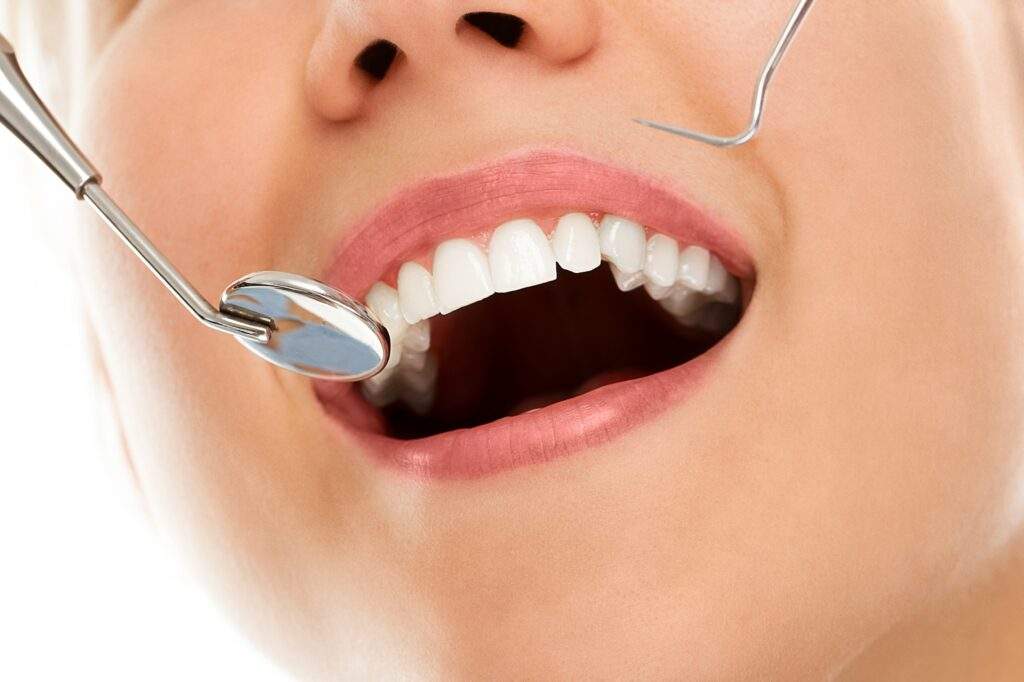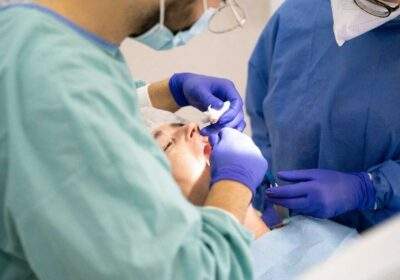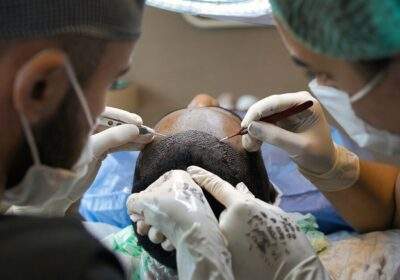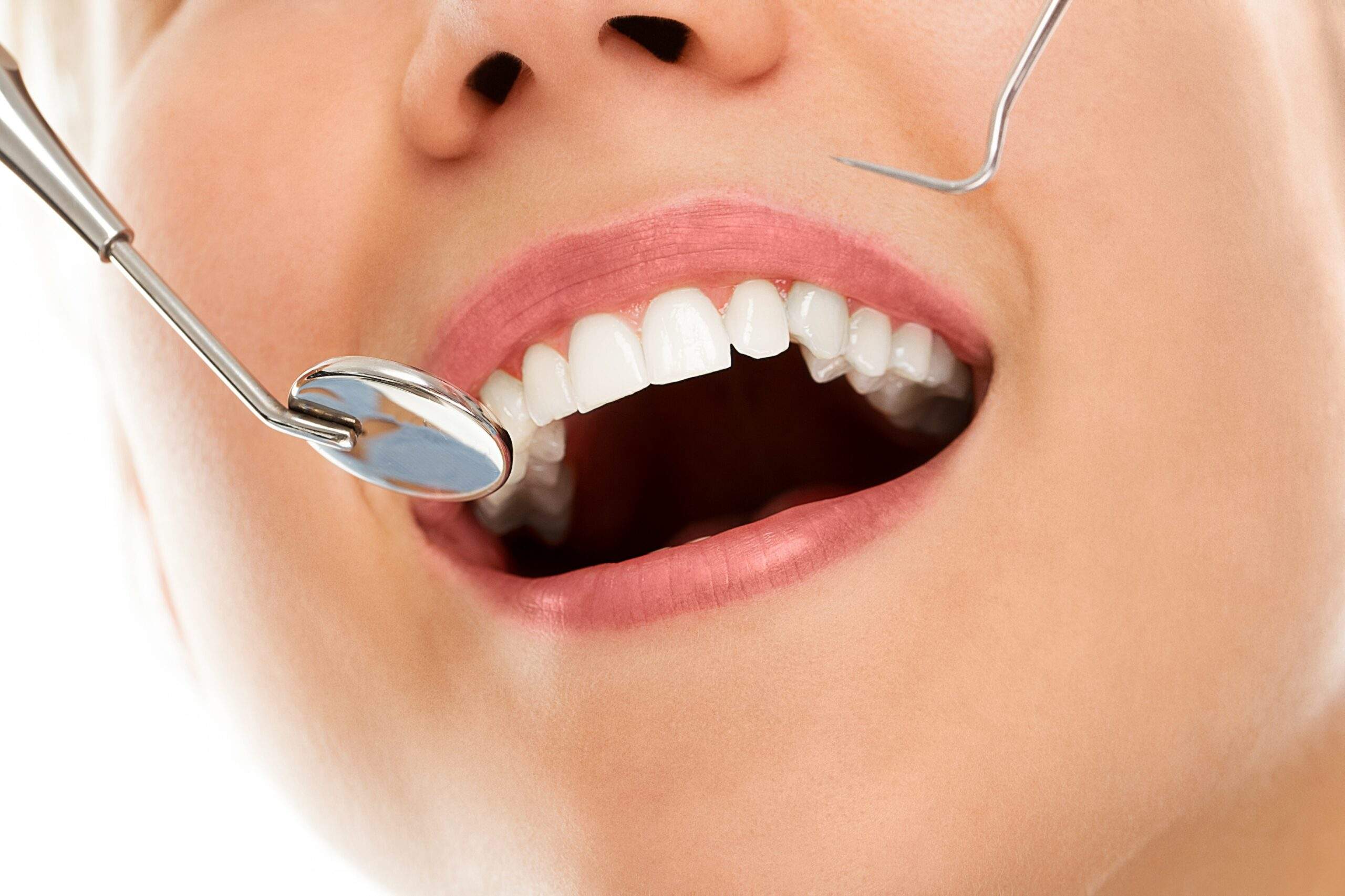
Understanding Teeth Whitening: Methods, Varieties, and Potential Risks
Teeth whitening is one of the most efficient dental treatments that aim at helping people retain the lost brightness in their smile. The approach towards teeth whitening involves processes such as UV therapy, bleaching, sanding down the stains, and others.
There are several products out there that help with efficient teeth whitening in the comfort of your home, upon the dentist’s advice. But, if you want the best teeth whitening services in San Antonio, under the supervision of a professional dentist, you can book at-office treatment too.
The demand for teeth whitening across the globe is quite high, and the market size for it is expected to grow by a CAGR of 5% every year till 2030. Now, this explains the awareness among people of this treatment.
But there are still people who count on teeth whitening as just a random dental procedure that needs no understanding, precaution, or after-care. But that’s not it at all! Let’s dive deeper into this article to learn more about the methods, risks, and potential varieties of teeth whitening for you to be completely aware of this approach.
What are the Different Types of Teeth Stains that Need Whitening Treatment?
Are you keen to know from your dentist about what is teeth whitening and how it helps you protect your smile?
Well, before dentists can explain to you that and recommend professional teeth whitening, there is a need for them to choose the right method for addressing the particular type of staining issue you are going through. Therefore, before educating you on the methods of teeth whitening, let’s get an insight into the types of staining you might encounter:
1. Intrinsic Stains
It is the type of stain that’s found inside the tooth enamel, which is also common in kids before their teeth erupt from the gums. The causes for such staining include overuse of antibiotics, high exposure to fluoride levels, and aging effects. Moreover, intrinsic staining is also reported to be genetic in some conditions.
2. Extrinsic Stains
Extrinsic stains are found outside your tooth, which happens mostly due to environmental exposure to different elements. All of these elements contribute to discoloration of your tooth enamel! Some of the things that are more prone to causing such staining issues are smoking, artificial food colors, and coffee.
What are the Different Teeth Whitening Methods as Recommended by the Dentists?
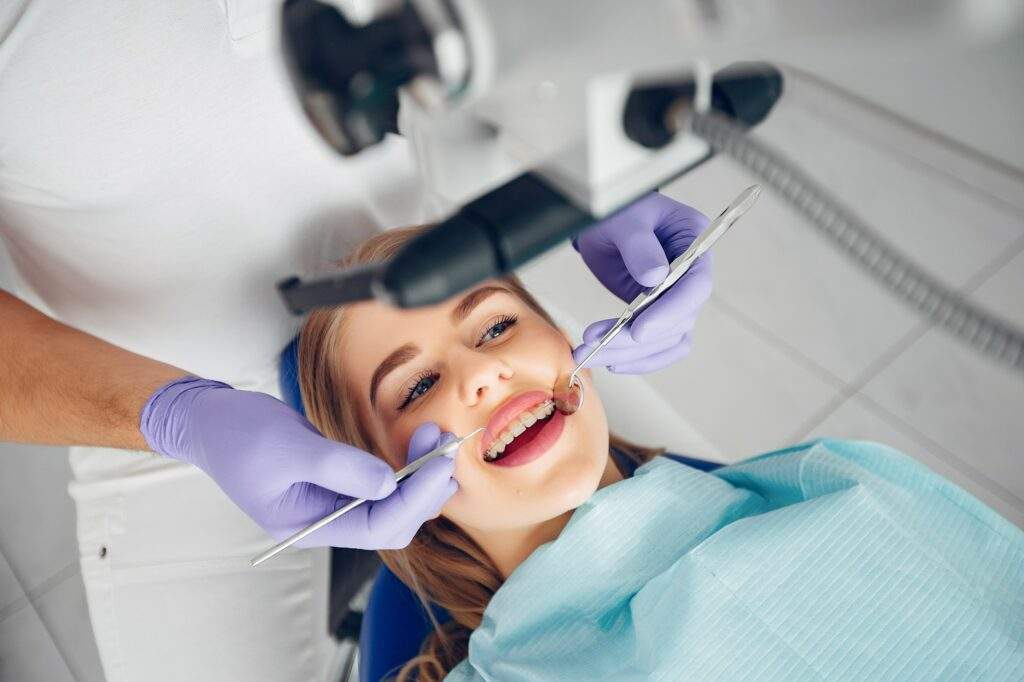
Teeth whitening methods vary depending on the level of staining and discoloration that your teeth have experienced. There are simple toothpaste with effective whitening ingredients for dealing with subtle cases, and you can also seek professional at-office teeth whitening sessions to handle the tough staining problems.
Certain products claim to give you whiter teeth but will just bleach the extrinsic and intrinsic stains to make them appear light in color. Therefore, you shouldn’t just head out to trust any product you come across claiming whiter teeth. Instead, you must take advice from the professionals in the business.
Some of the methods that dentists recommend are ideal for achieving better results in terms of attaining whiter teeth are:
1. OTC Teeth Whitening Products
The first teeth whitening procedure for mild staining or discoloration cases is often the use of OTC whitening products, such as mouthwash or toothpaste. Get in touch with your dentists to determine what ingredients should be your priority in these products to get optimal results.
As per experts, baking soda is a must-have ingredient in toothpaste or mouthwashes to work as a mild abrasive and scrub away stains. On the other hand, charcoal in toothpaste is also proven effective with some abrasive properties to give cleaner teeth.
Beyond these ingredients, take note of safe levels of hydrogen peroxide and carbamide in your toothpaste or mouthwash, which would be effective and free from side effects for your teeth whitening requirements. Some of the products also consist of fluoride, which acts as a strengthening agent for enamel and prevents re-staining.
Remember, do not use random OTC products for teeth whitening, as some abrasive agents in them can wear out the tooth enamel. The tooth enamel in humans isn’t made up of living cells. Therefore, it won’t repair itself once damaged! So, don’t bypass the dentist’s consultation.
2. Home Whitening Kits
The next method that dentists recommend for teeth whitening is the use of at-home kits. These kits come with a paste or gel that is directly applied over your teeth with the use of a brush, mouthguard, or strips.
Some of the types of kits come with UV light, blue light, heat lamp, or other such solutions for radiating the teeth whitening paste used within the mouthguard. It is one of the most effective at-home kits, which can keep the bleaching agent over the teeth to increase the absorption rate.
Moreover, using a mouthguard also limits the level of whitening solution that comes in contact with the gums. As per ADA, gel with 10% carbamide is permitted to be used in at-home teeth whitening kits, which can be worn overnight. It is a safe amount that won’t trigger any side effects.
3. At-Office Teeth Whitening
Teeth whitening at the dentist’s clinic is often the safest approach of all but is recommended only for conditions that can’t be cured with the other two approaches. They use high concentrations of multiple active ingredients to achieve the results quickly.
When you are getting your teeth whitened at the dentist’s office, you will need multiple sessions before your teeth get as white as you expect them to be. Moreover, these sessions will be quite expensive, and the insurance companies might not consider this under their policies.
The dentists prefer using hydrogen peroxide solution for a maximum of 30 minutes, which is called power bleaching. Following that, laser therapy is also used at times for dealing with serious staining issues. If you wanted to know how does teeth whitening work with professionals in supervision, well, this is how it is!
What are the Potential Risks Associated with Teeth Whitening?
Some of the potential risks associated with getting your teeth whitening through dental remedies are:
- Tooth Sensitivity
- Gum or mouth irritation
- Damage to tooth enamel
These are some potential risks associated with teeth whitening treatment at home or a dentist’s office. However, the professionals would take optimal care to ensure your enamel is strengthened, gum tissues are protected, and tooth sensitivity is repelled.
When using the at-home kits or products for teeth whitening, remember to follow a timeline on how long you should be using them. This is because prolonged use of teeth-whitening agents can cause serious damage to the enamel.
Conclusion
Teeth whitening is more like a cosmetic treatment that helps you regain your lost smile. Connect with the dentists offering the best teeth whitening services in San Antonio to help get a proper diagnosis on the intensity of treatment that your condition needs.
If you are struggling to find the right dentist for a routine checkup or teeth whitening consultation, Hardy Oak Family Dentistry is here to help you with the right consultation, diagnosis, and treatment efforts. There are highly proficient dentists who look after your specific cases with utmost precision. So, book your appointment today!









